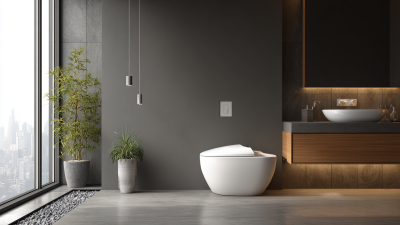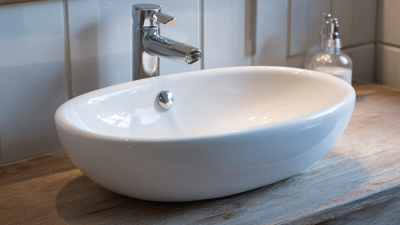Leave Your Message
In today's rapidly evolving technological landscape, the introduction of the Smart Toilet represents a significant leap forward in hygiene and sanitation. According to a report from the International Smart Toilet Association, the global smart toilet market is projected to reach $10.4 billion by 2025, with an annual growth rate of 11.8%. This surge is driven by increased consumer awareness regarding personal hygiene and the integration of advanced features such as self-cleaning mechanisms, heated seats, and integrated bidet functions.
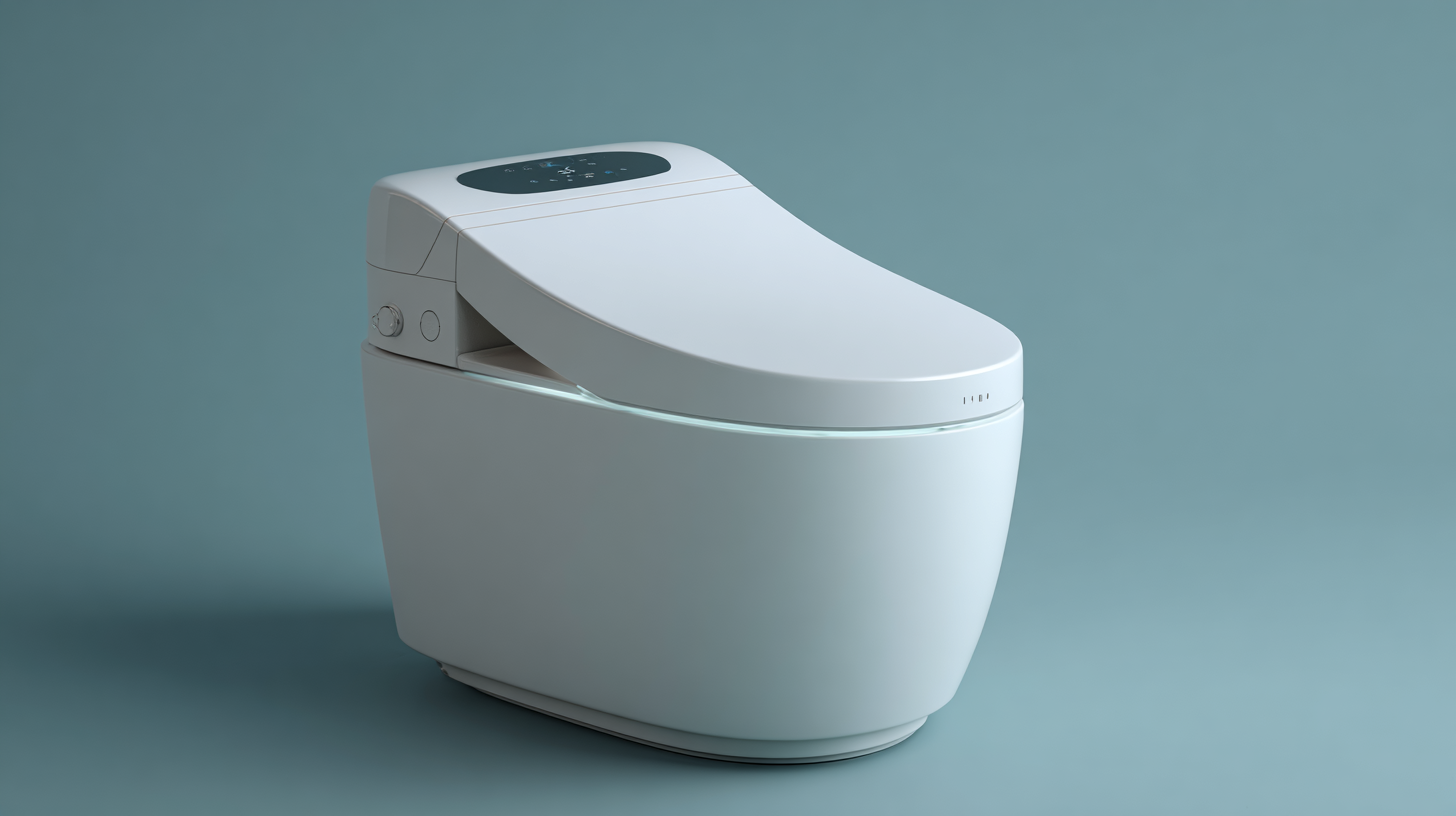
Furthermore, a survey by the Global Hygiene Council indicates that 90% of consumers are more likely to adopt bathroom devices that enhance cleanliness and comfort, underscoring the rising demand for innovative solutions in everyday life. The Smart Toilet not only revolutionizes the bathroom experience but also addresses critical hygiene challenges, making it an essential addition to modern living environments.
The emergence of smart toilets is reshaping personal hygiene, with the global smart toilet market projected to reach $1.5 billion by 2025, expanding at a compound annual growth rate (CAGR) of over 10%. This rapid growth underscores a shift towards more hygienic and convenient bathroom experiences, driven by consumers' increasing awareness of health and wellness. Smart toilets offer features such as automatic lid opening, heated seats, and adjustable water temperature, which not only enhance comfort but also promote better sanitary practices. According to a report by Future Market Insights, these innovations contribute significantly to reducing the spread of germs, making them essential in today’s health-conscious society.
As the world continues to grapple with hygiene-related challenges, the adoption of smart toilets is becoming more prevalent. In Japan, where smart toilets have long been mainstream, studies show a 25% decrease in toilet-related bacterial infections in households that utilize these advanced systems. In addition to enhancing cleanliness, smart toilets are equipped with self-cleaning functions and bidet features, encouraging sustainable water usage while providing a luxurious experience. The convergence of technology and hygiene signifies a transformative moment in personal care, presenting an unprecedented opportunity for consumers to elevate their daily routines.
Smart toilets represent a significant advancement in home hygiene technology, integrating features that enhance both convenience and cleanliness. One of the key components of these revolutionary devices is the automatic seat opening and closing mechanism, which is typically sensor-activated. This feature not only eliminates contact with potentially germ-laden surfaces but also adds an element of luxury to everyday routines. Additionally, many smart toilets come equipped with heated seats and adjustable water temperature for bidets, providing a tailored and comfortable experience that traditional toilets simply cannot offer.
Another significant benefit of smart toilets lies in their advanced cleaning technologies. Many models feature self-cleaning capabilities, utilizing UV lights and strong flush systems to minimize bacteria and odors efficiently. Some smart toilets even include water-saving components that minimize waste while maintaining optimal flushing capabilities. With health-conscious designs that often provide the capability to monitor user habits and health metrics, smart toilets are not just about hygiene; they are transforming bathrooms into tech-savvy environments focused on personal well-being and eco-friendliness.
| Feature | Description | Benefits | Considerations |
|---|---|---|---|
| Automatic Flushing | Flushing is triggered automatically when the user stands up. | Improves hygiene and reduces water usage. | Requires a reliable power source. |
| Heated Seats | Toilet seat warms to comfortable temperature. | Enhanced comfort during use, especially in colder climates. | May increase energy consumption. |
| Bidet Functionality | Integrated bidet for personal cleansing. | Improved hygiene and reduced toilet paper usage. | May require adjustment for first-time users. |
| Air Drying | Built-in air dryer for post-cleaning comfort. | Eliminates the need for toilet paper. | Drying time may vary. |
| Self-Cleaning Features | Automatic cleaning of the bowl and nozzle. | Reduced maintenance and better hygiene. | Potentially higher upfront cost. |
The modern smart toilet is revolutionizing personal hygiene with its innovative automated cleaning and maintenance functions. According to a report by Research and Markets, the global smart toilet market is projected to grow at a CAGR of 24.6% from 2021 to 2026, reflecting increasing consumer awareness regarding hygiene and sanitation. These advanced toilets integrate self-cleaning capabilities that significantly reduce the need for manual scrubbing and harsh chemical cleaners. For instance, many smart toilets utilize UV light and advanced nanotechnology to sanitize surfaces, ensuring a hygienic experience with minimal human intervention.
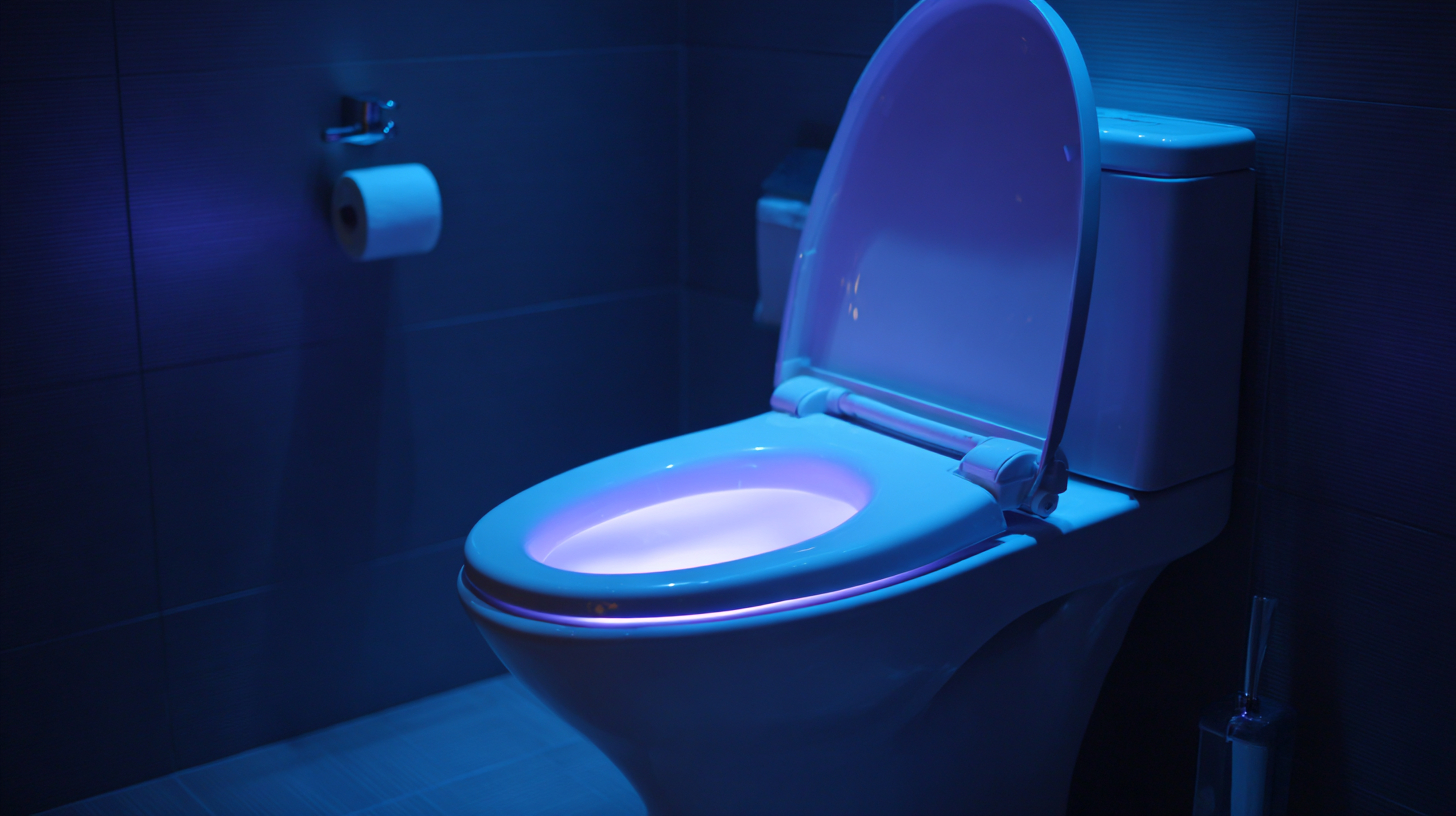
Moreover, the automated maintenance functions of smart toilets extend beyond cleaning. A study published by the International Journal of Environmental Research and Public Health highlights that these systems can detect malfunctions and alert users to necessary maintenance, which can prevent costly repairs and extend the lifespan of the fixture. With features like automatic flushing, odor control, and water-efficient designs, the smart toilet not only enhances cleanliness but also contributes to sustainability efforts. As consumers increasingly prioritize hygiene in their homes, the adoption of smart toilets is expected to rise, transforming the way we think about bathroom hygiene.
The rise of smart toilet technology is transforming bathroom experiences, and user customization options play a pivotal role in this revolution. With an increasing focus on comfort and individual preference, modern smart toilets offer a myriad of features that allow users to tailor their experience to their specific needs. Adjustable seat temperatures, customizable bidet functions, and user profiles ensure that every member of the household can enjoy a personalized experience that enhances hygiene and comfort.
Furthermore, advanced smart toilets often incorporate user-friendly interfaces that make it easy to select preferred settings. With features like self-cleaning mechanisms, ambient lighting, and integrated sound systems, these toilets not only promote better hygiene but also elevate the overall atmosphere of the bathroom. As technology continues to evolve, the ability to sync these toilets with mobile applications will provide users with an unprecedented level of control, allowing them to adjust settings remotely and customize their experience even further. In a world where personal comfort is paramount, smart toilets are leading the way in redefining what it means to prioritize hygiene.
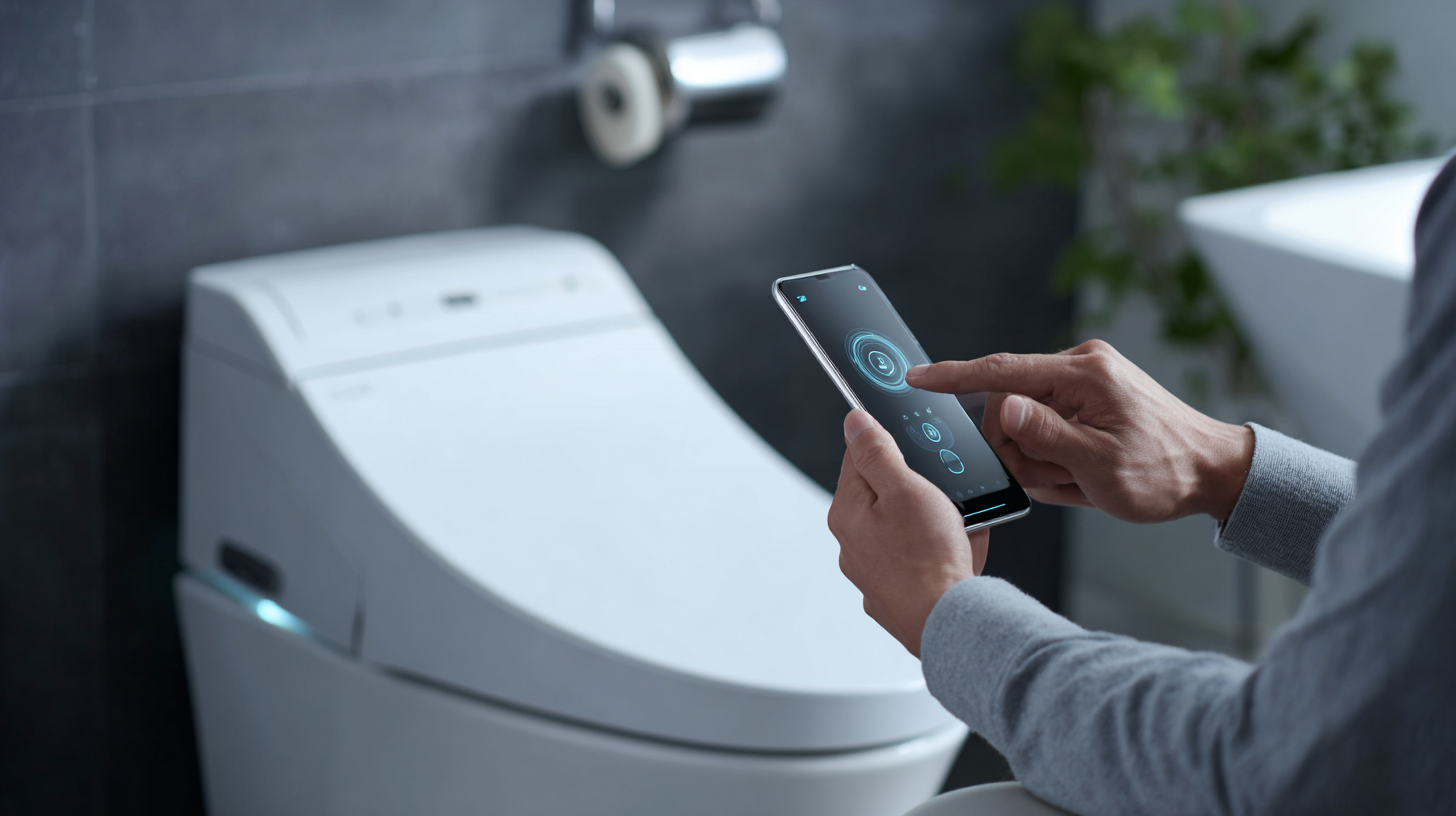
As homes evolve into smart ecosystems, integrating
smart toilets
into bathroom design is emerging as a pivotal trend.
According to a recent report by the National Kitchen and Bath Association (NKBA),
over 50% of homeowners are considering
smart technology for their bathrooms in their next renovation.
Smart toilets offer enhanced functionalities, such as
automatic flushing,
adjustable bidet features, and even built-in deodorization systems.
These innovations not only elevate user comfort but also promote better hygiene
by minimizing contact with the toilet, aligning seamlessly with contemporary health
standards.
When incorporating smart toilets into your home, consider the
overall layout and plumbing requirements.
Many models require access to electrical outlets, which could influence the design
of your bathroom. It's essential to consult with a
design professional
to ensure that the installation is both functional and aesthetically pleasing.
Additionally, focus on models that use
water-efficient technologies.
According to the Environmental Protection Agency (EPA), efficient toilets can save
homeowners approximately 13,000 gallons
of water annually, making a smart toilet a sustainable choice.
Tip:
Always read reviews and consult expert recommendations
when selecting a smart toilet model to ensure that it meets both your comfort needs
and functionality preferences. Research features like
self-cleaning functions and
remote controls,
which can enhance your overall bathroom experience.
